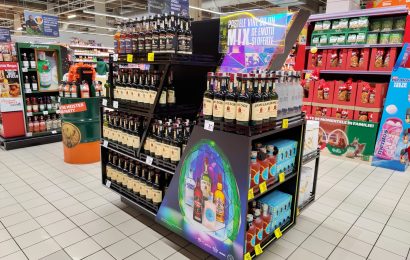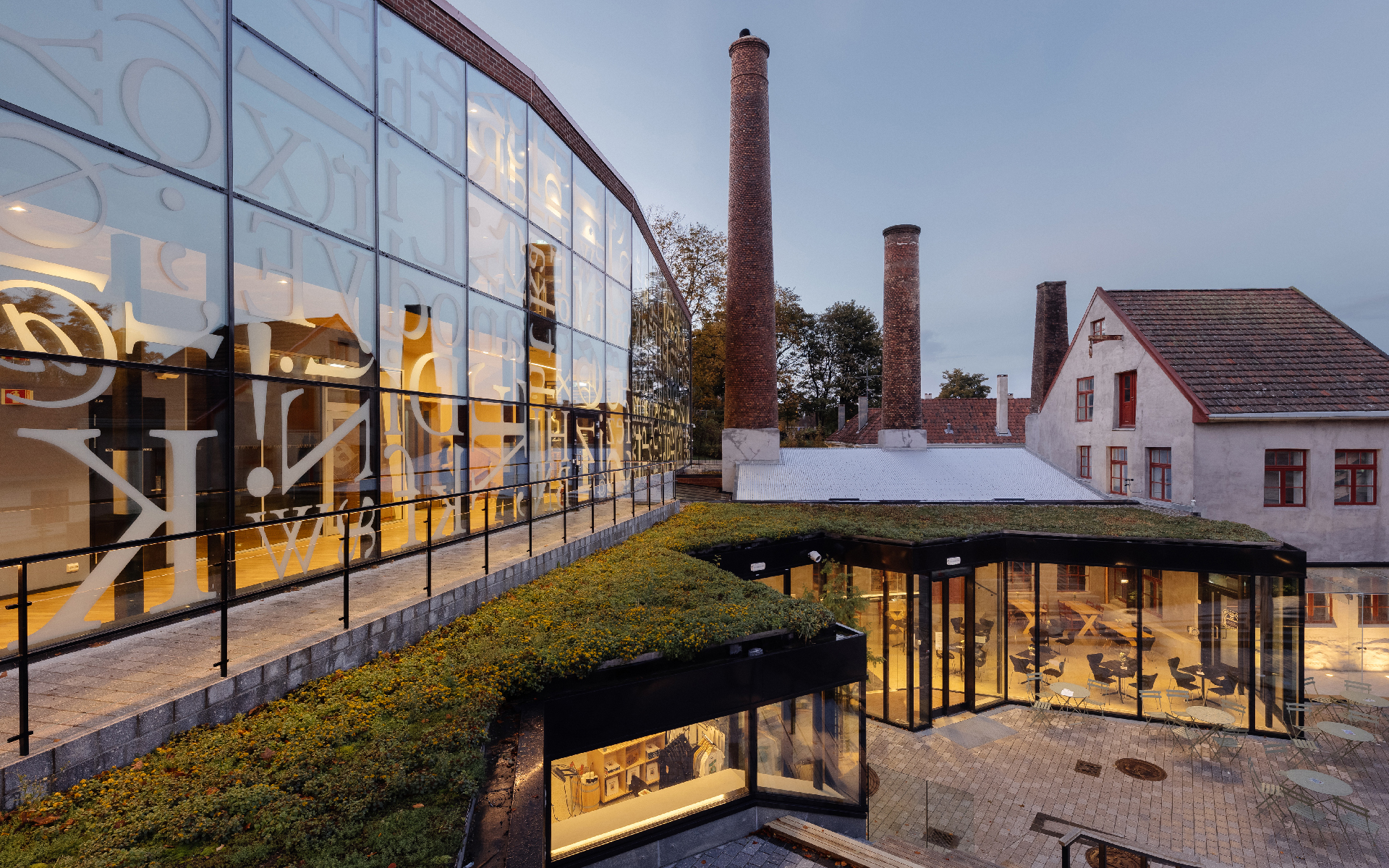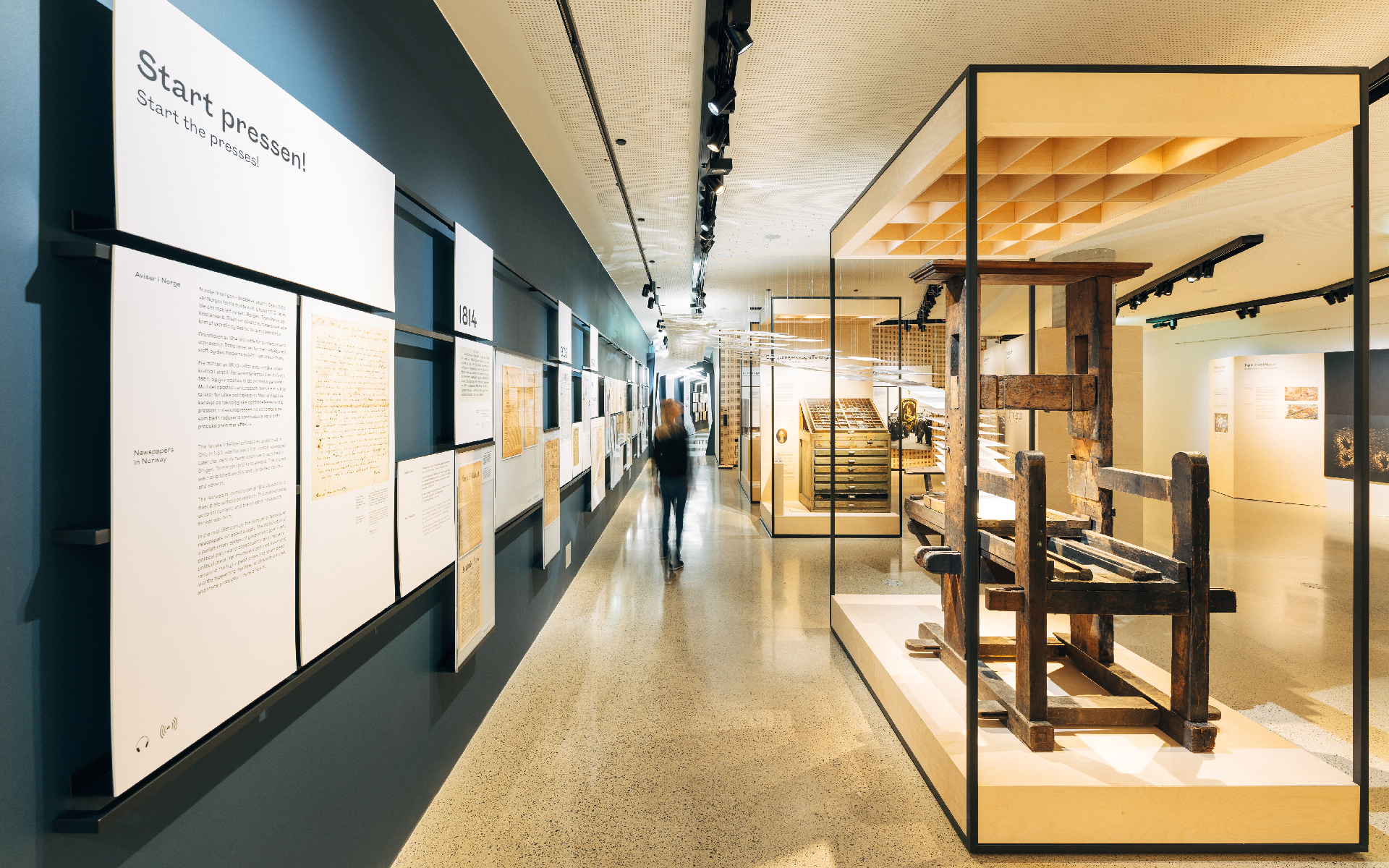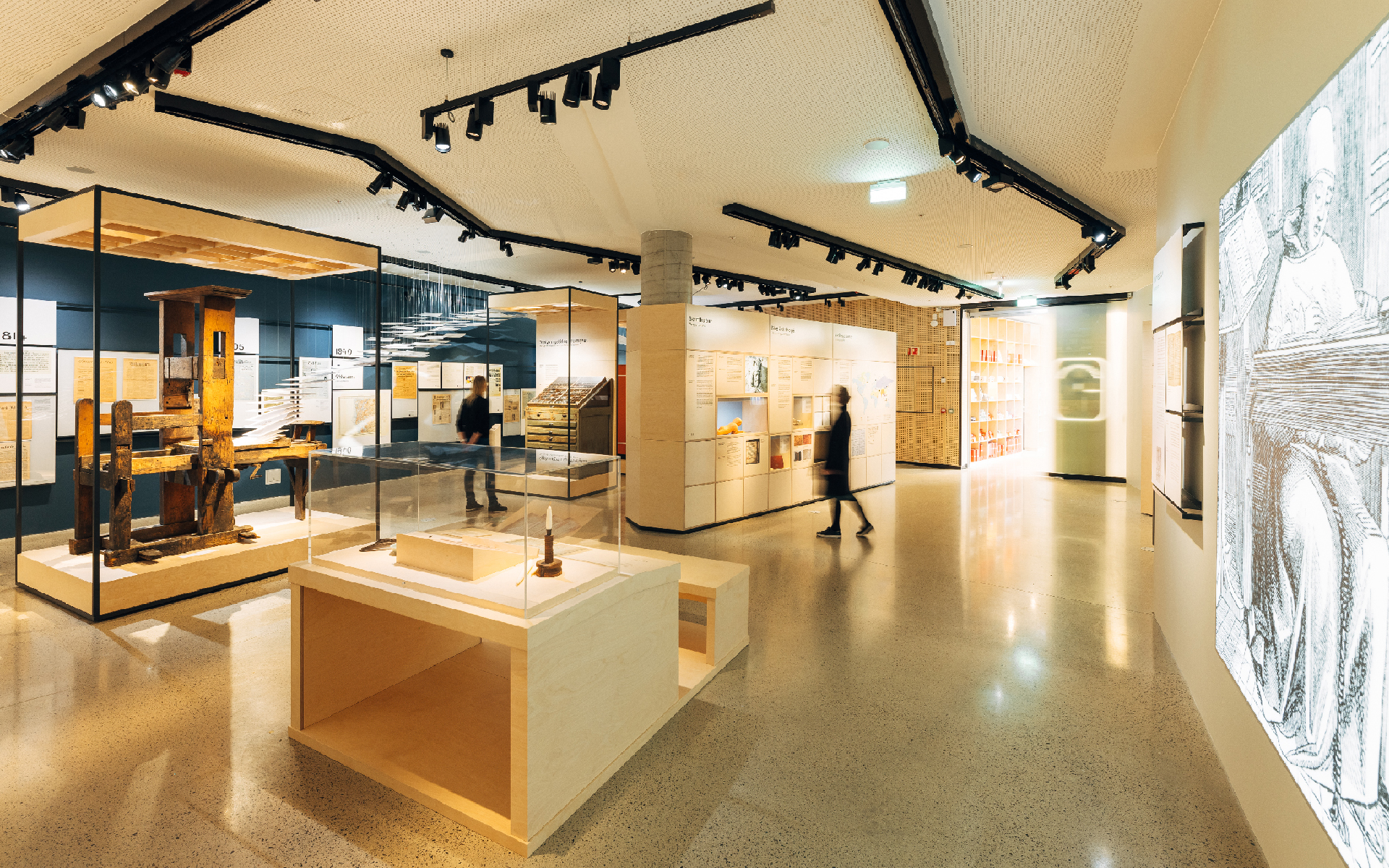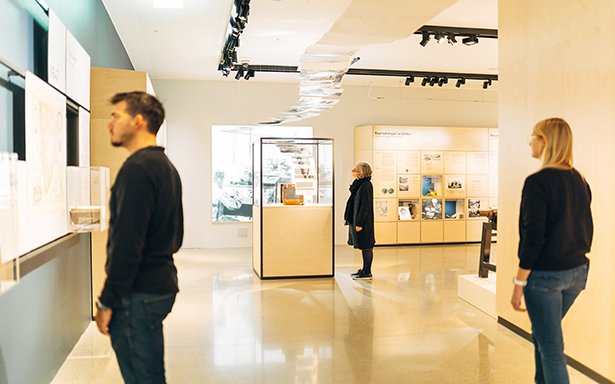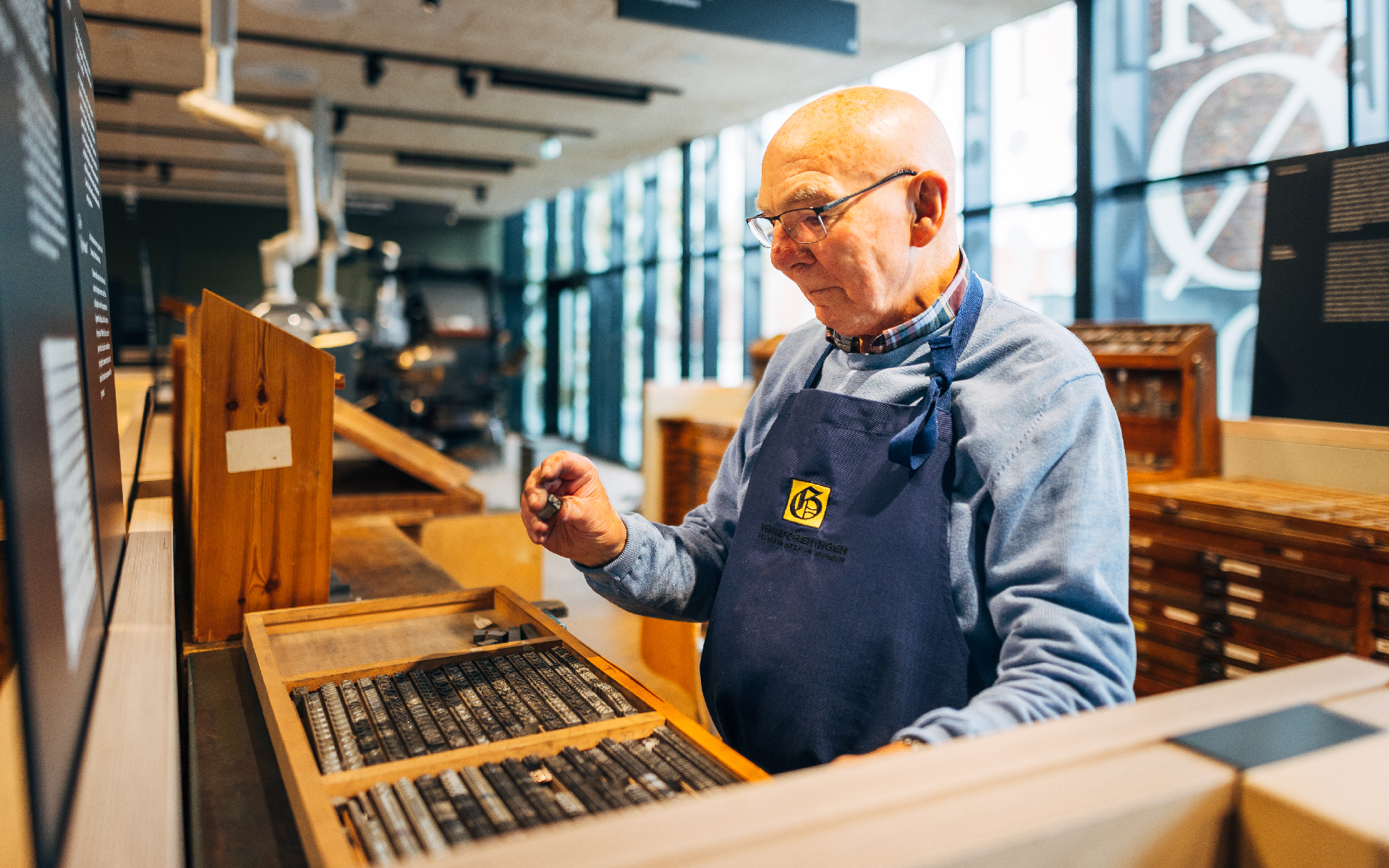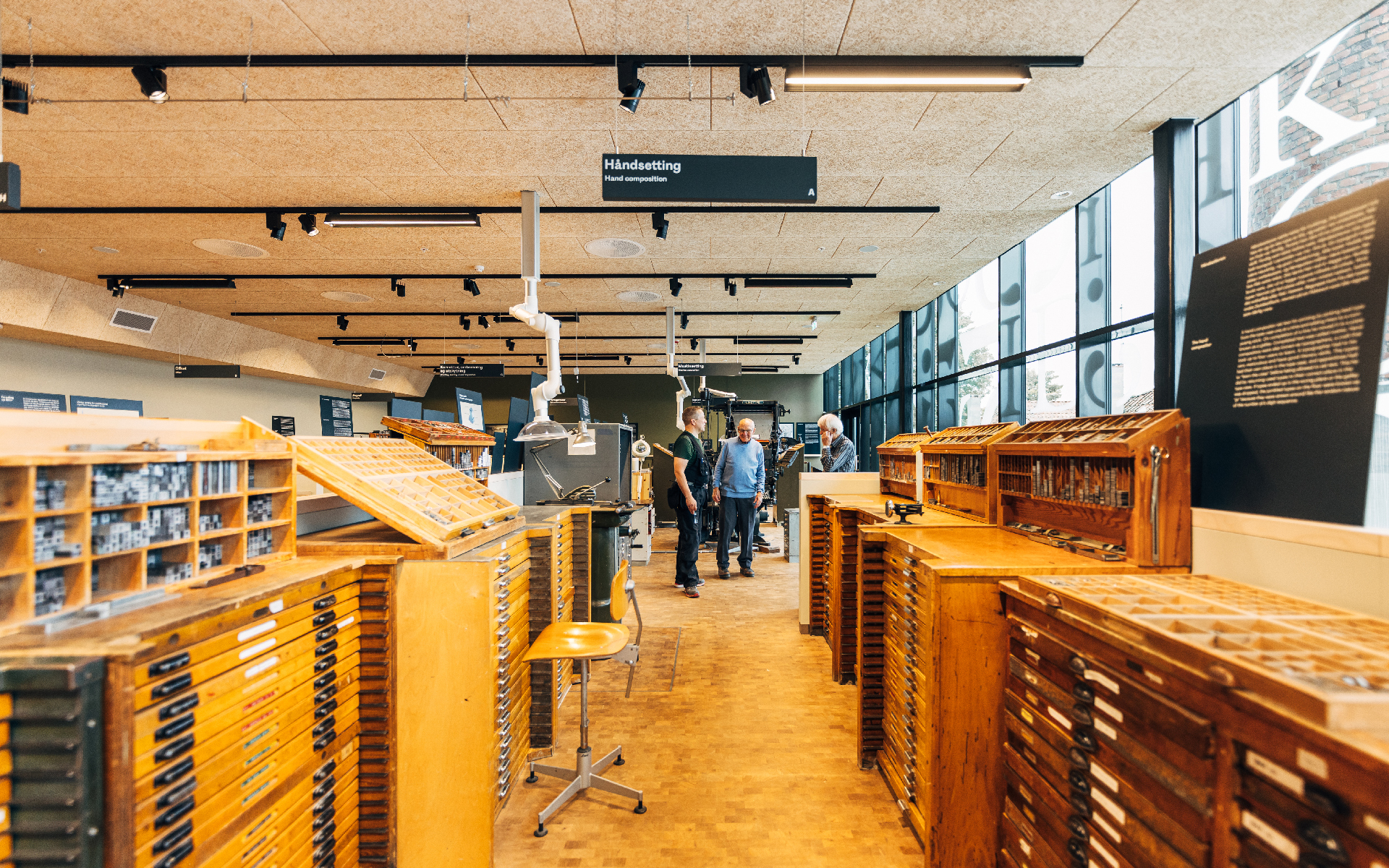The Norwegian Printing Museum opened in Stavanger
The Norwegian Printing Museum in Stavanger opened on 20 November and is located on the site of a former sardine canning factory in the historic district of the city. The factory building is home to the Norwegian Canning Museum. It was architecturally extended by Eder Biesel Arkitekter. The exhibition in the new building was designed by ATELIER BRÜCKNER. The two museums operate together under the name IDDIS, derived from iddikett, the word for label in local dialect.
The Norwegian Printing Museum looks back over a period of more than 40,000 years – from the first human records in the form of cave paintings to the digital present. One point of focus is on the transformation of printing techniques for text and images – with regional and local references: In Stavanger, the art of printing blossomed from the late 19th century onwards as local canned-fish production resulted in numerous printing orders. The label was of central importance for the marketing of canned fish. The latter was exported from Stavanger to all parts of the world – right up to the 1950s.
The museum offers playful access to more than a thousand sardine tinlabels, which are presented digitally in the exhibition. Other impressive items are the historic lithography stones, a lithography press, various print cylinders and the equipment of a photo laboratory. In a spacious workshop area, the Print Shop, on the upper floor of the museum, it is also possible to marvel at half a dozen historical printing machines.
The museum exhibition on the ground floor of the building extends over two large, chronologically arranged spatial units. They are connected by means of a shared media tunnel, which is the climax of any visit to the museum and can be entered from two sides. If a visitor enters the museum from the Canning Museum, the first exhibition space encountered concerns image reproduction, with a focus on lithography and photography. A flood of images comes out of a camera and passes through the corridor, leading up to the present and then back to a Gutenberg printing press, accompanied by daily newspapers, typewriters and early computers.
The printing press is the central exhibit in the second exhibition space. With regard to content and positioning in the room, it is the turning point: The wide-scale dissemination of printed material became possible from 1450 onwards with the invention of moveable letters. Printed sheets shoot upwards out of the press and into the media tunnel, taking the visitor through time up to present-day e-publishing. Before the printing industry became established, the scriptorium was the central place for written reproduction. Presented as being of an importance equal to the printing press, it is staged as a spatial unit.
The exhibition spaces are structured by sets of cubic shelves made of wood. The cubes can be combined with each other individually, whereby they are displays for exhibits, or it can be printed on them in different ways. The general principle of this ordering system is inspired by letter cases, in which the letters of the alphabet used in the printed industry have their place.
The Print Shop on the upper floor of the building is also laid out flexibly: the theme-centred texts and object descriptions are printed on boards. They are inserted in wooden strips all around the exhibition space and in the chest-high zoning that separates the individual thematically dedicated areas from each other: different printing methods can be compared here. Typesetting and bookbinding are also themes. The printing industry of Stavanger with its rattling technical marvels fascinates up to the present day.
The exhibition is open Tuesday to Friday: 11 a.m. to 3 p.m., Thursday also 3 p.m. to 7 p.m., Saturday and Sunday: 11 a.m. to 4 p.m.






